Melanie is a registered dietitian nutritionist that works mainly with older adults. She provides consulting services to her local Meals on Wheels (MOW) program where her duties include writing menus and providing nutrition expertise for the organization. From time to time she volunteers as a MOW substitute driver. Her work with MOW has exposed Melanie to the realities of food insecurity for the older adults in her community and she wants to learn more on the topic.
What is Food Insecurity?
According to the Academy of Nutrition and Dietetics, food insecurity is “the limited or uncertain availability of nutritionally adequate and safe foods or limited or uncertain ability to acquire acceptable foods in socially acceptable ways”.1 According to the United States Department of Agriculture (USDA), low food security is defined as “reports of reduced quality, variety, or desirability of diet”.2 Households that experience food insecurity are uncertain of having, or unable to acquire food to meet the needs of all household members.1 Access to food affects millions of households and individuals of all ages across the country.
Food Insecurity and Older Adults
A reported 7.8% of households with an older adult and 8.9% of households where an older adults lives alone are considered food insecure.3 Households with grandchildren living in the home have a higher incidence.4 Some demographic groups of older Americans, including those who are African American or Hispanic or have extreme obesity, are more likely to be food insecure.5 The causes in older adults are varied and include poverty and/or limited resources, increased disability (making food shopping, preparation, and other activities of daily living difficult), frail or poor health, and oral or dental problems.5
Consequences of Food Insecurity in Older Adults
Food insecure older adults have been found to have lower nutrient intakes and worse health outcomes than other older adults.6 In fact, food insecure older adults are 65% more likely to have diabetes, twice as likely to report fair or poor general health, 2-3 times more likely to suffer from depression, 19 times more likely to have high blood pressure, and 57 percent more likely to have heart failure.6 Food insecurity is also associated with poor quality of life.7 Among older adults, it can increase the risk of disability and negatively impact physical, emotional, and financial status.1 It is clear that addressing the problem of food insecurity in older adults can be one way to help improve their health and quality of life.
Available Programs and Services
Fortunately, there are several federal programs available to help address food insecurity in low-income older adults, including food delivery services like MOW. A brief description of these programs and services is outlined below.
U.S. Department of Agriculture Programs8
- Supplemental Nutrition Assistance Program (SNAP) offers nutrition assistance to eligible low-income individuals and families.
- Child and Adult Care Food Program provides nutritious meals to elderly individuals in adult daycare settings.
- Senior Farmer’s Market Nutrition Program provides low-income seniors with coupons to exchange for food at farmer’s markets, roadside stands, and community-supported agriculture programs.
- The Emergency Food Assistance Program supplements diet by providing emergency food and nutrition assistance at no cost.
- Commodity Supplemental Food Program supplements diet with USDA foods.
- Food Distribution Program on Indian Reservations provides USDA foods to American Indian households on Indian Reservations and in approved areas in Oklahoma.
Administration on Aging Programs9
- Nutrition Services provides meals and related nutrition services to older adults in a variety of settings, including meal delivery and congregate meal sites. Services are targeted to those with the greatest social and economic need.
- Eldercare Locator connects people to services for older adults.
Medicare/Medicaid10
- Home and Community-Based Services (HCBS) provide a variety of services for Medicaid beneficiaries, in home or community-based settings.
Addressing Food Insecurity at the Local Level
Like Melanie, RDNs that work with older adults can certainly benefit from having knowledge of federal programs and services that can help their clients address food insecurity. The key to making a real difference in people’s lives is helping them access assistance locally. Fortunately, the websites listed above have links to local access to their federal programs and services. Other food assistance programs and services are available in many communities. For example, Feeding America (www.feedingamerica.org) can help Melanie locate a local food bank. The local homeless shelter may offer free or low-cost meals that are available to the community, and faith-based organizations may provide food banks and/or meals. County health or social services departments are a good place for Melanie to learn about both federal and local programs and services, and information is often available with an easy click of a button on a website.
Connecting Individuals with Services
Melanie is amazed to learn how many services are available for food insecure older adults in her community. But she knows that knowledge is just the first step, the key to addressing food insecurity is connecting people with the variety of programs and services that are available to them. For that reason, Melanie has decided to become a more active volunteer with MOW and plans to become an advocate for addressing food insecurity in all aspects of her work with older adults.
References
- Holben DH, Berger MB. Position of the Academy of Nutrition and Dietetics: Food Insecurity in the United States. J Acad Nutr Diet. 2017;117:1991-2002. https://jandonline.org/article/S2212-2672(17)31618-0/pdf. Accessed March 20, 2019.
- Definitions of Food Security. USDA website. https://www.ers.usda.gov/topics/food-nutrition-assistance/food-security-in-the-us/definitions-of-food-security.aspx. Accessed March 20, 2019.
- Food Security in the US. US Department of Agriculture, Economic Research Service website. https://www.ers.usda.gov/topics/food-nutrition-assistance/food-security-in-the-us.aspx. Accessed March 20, 2019.
- Why Many Americans are Food Insecure. Nextavenue website. https://www.nextavenue.org/older-americans-food-insecure/. March 20, 2019.
- Steiner JF, Stenmark SH, Sterrett AT, et al. Food Insecurity in older adults in an integrated health care system. J Am Geriatr Soc. 2018; 66:1017-1024.
- The Health Consequences of Senior Hunger in The United States: Evidence from the 1999-2014 NHANES. Feeding America and the National Foundation to End Senior Hunger. 2017. http://nfesh.org/wp-content/uploads/health-consequences-of-senior-hunger-in-the-united-states-1999-2014.pdf. Accessed February 28, 2019.
- Russell JC, Flood VM, Yeatman H, et al. Food insecurity and poor diet quality are associated with reduced quality of life in older adults. Nutr Diet. 2016.74:50-8.
- Programs and Services. USDA Food and Nutrition Services website. https://www.fns.usda.gov/programs-and-services. Accessed February 28, 2019.
- Administration on Aging. Administration for Community Living Website. https://acl.gov/about-acl/administration-aging. Accessed February 28, 2019.
- Home and Community-based Services. Centers for Medicare and Medicaid Services website. https://www.cms.gov/Outreach-and-Education/American-Indian-Alaska-Native/AIAN/LTSS-TA-Center/info/hcbs.html. Accessed February 28, 2019.




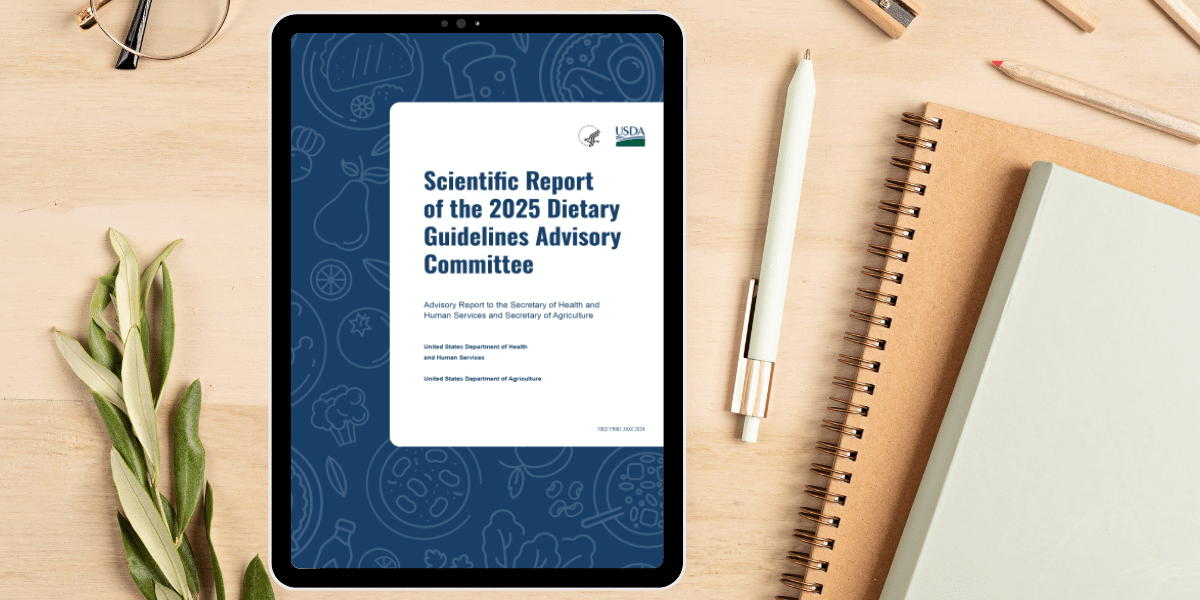
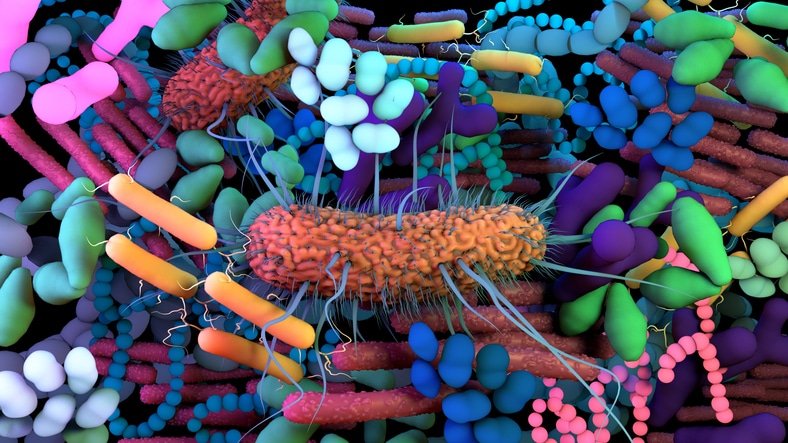



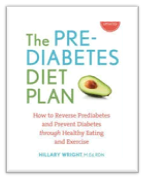
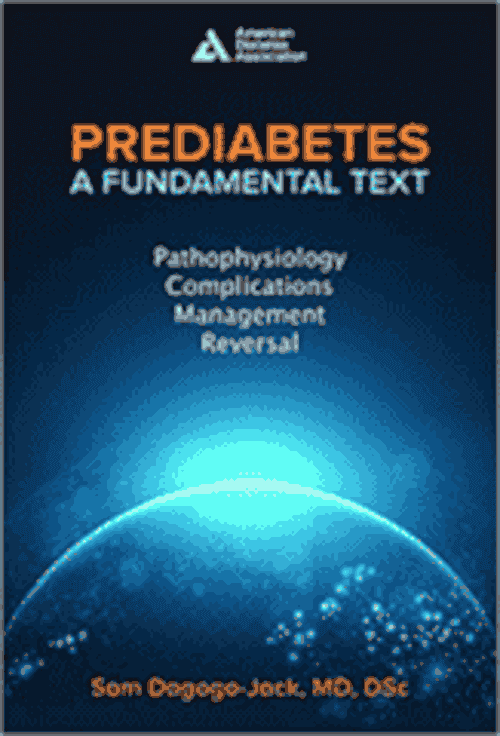
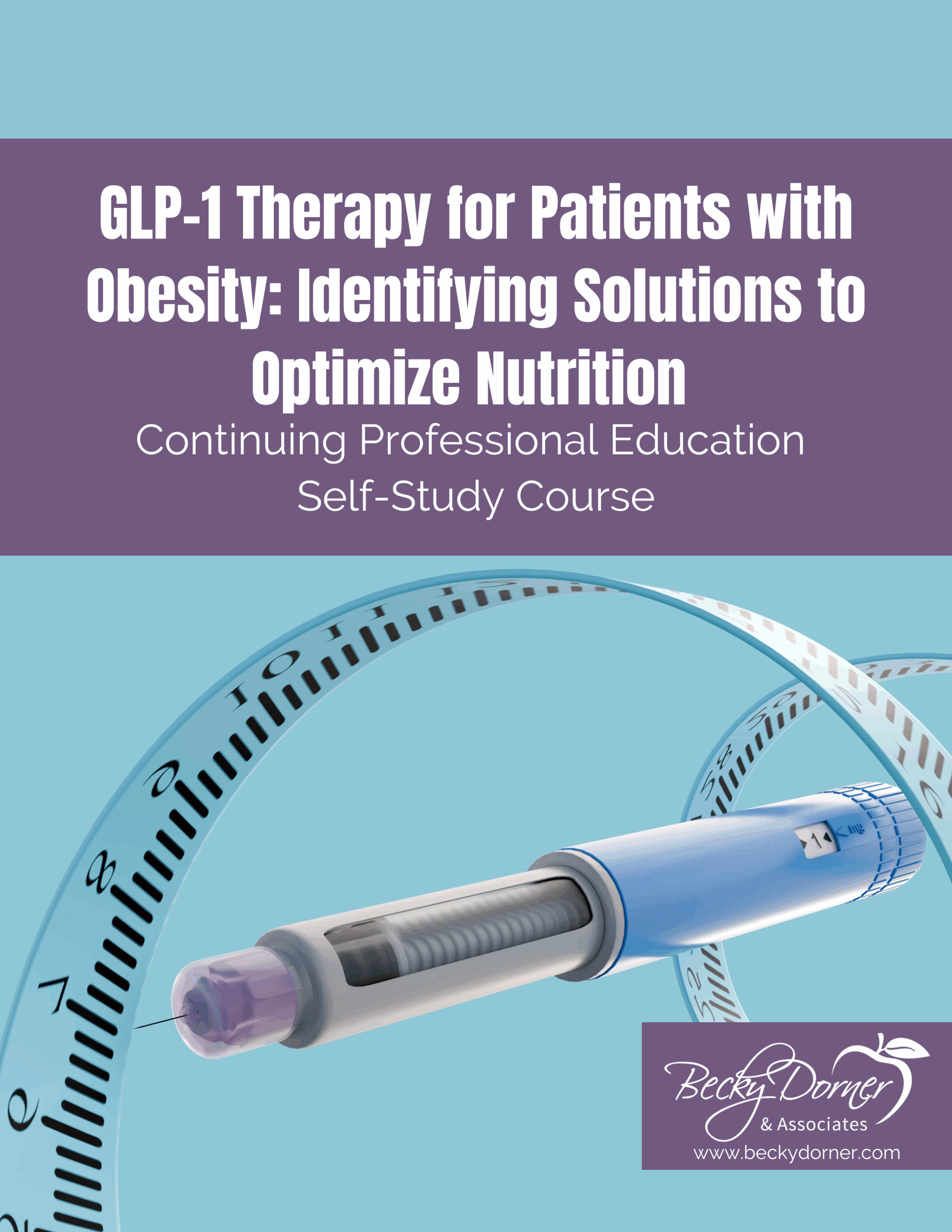
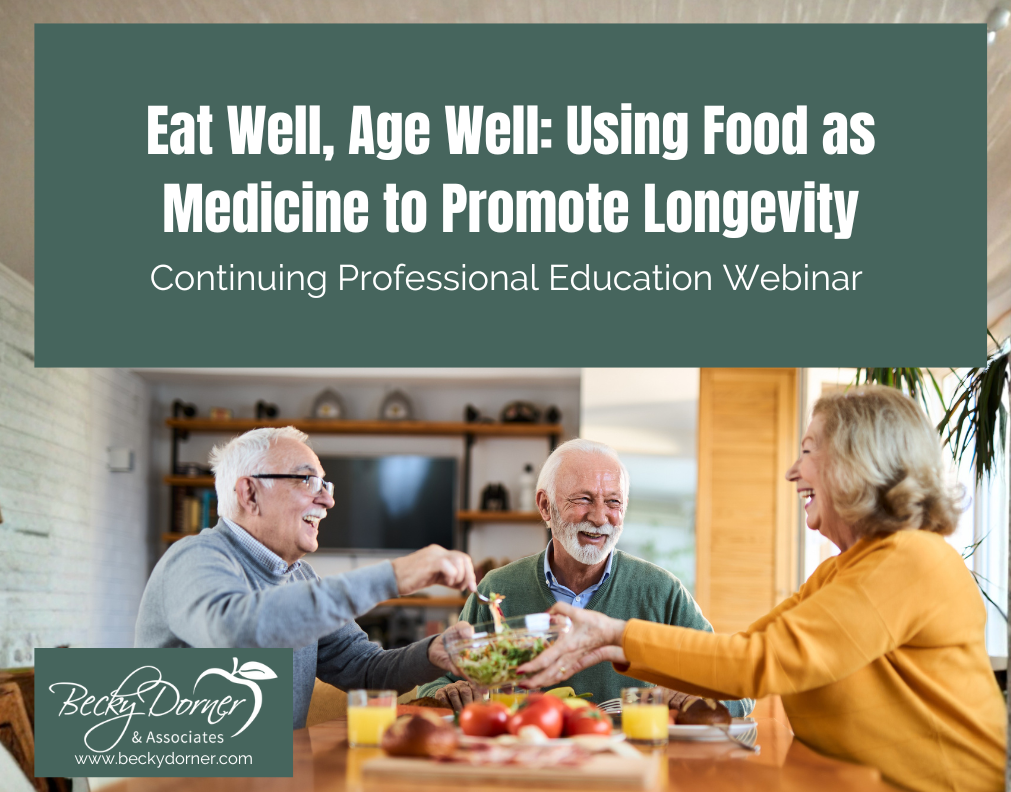
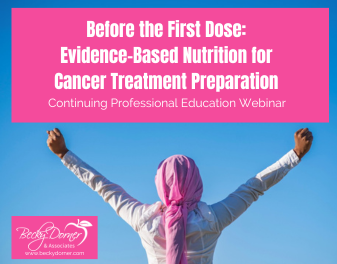
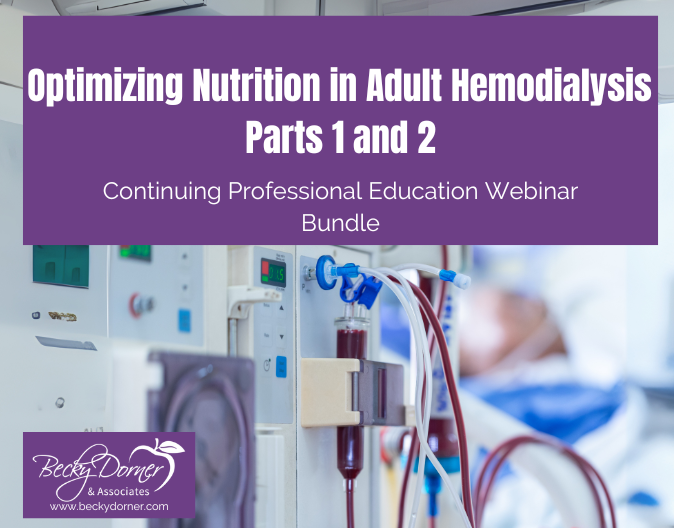
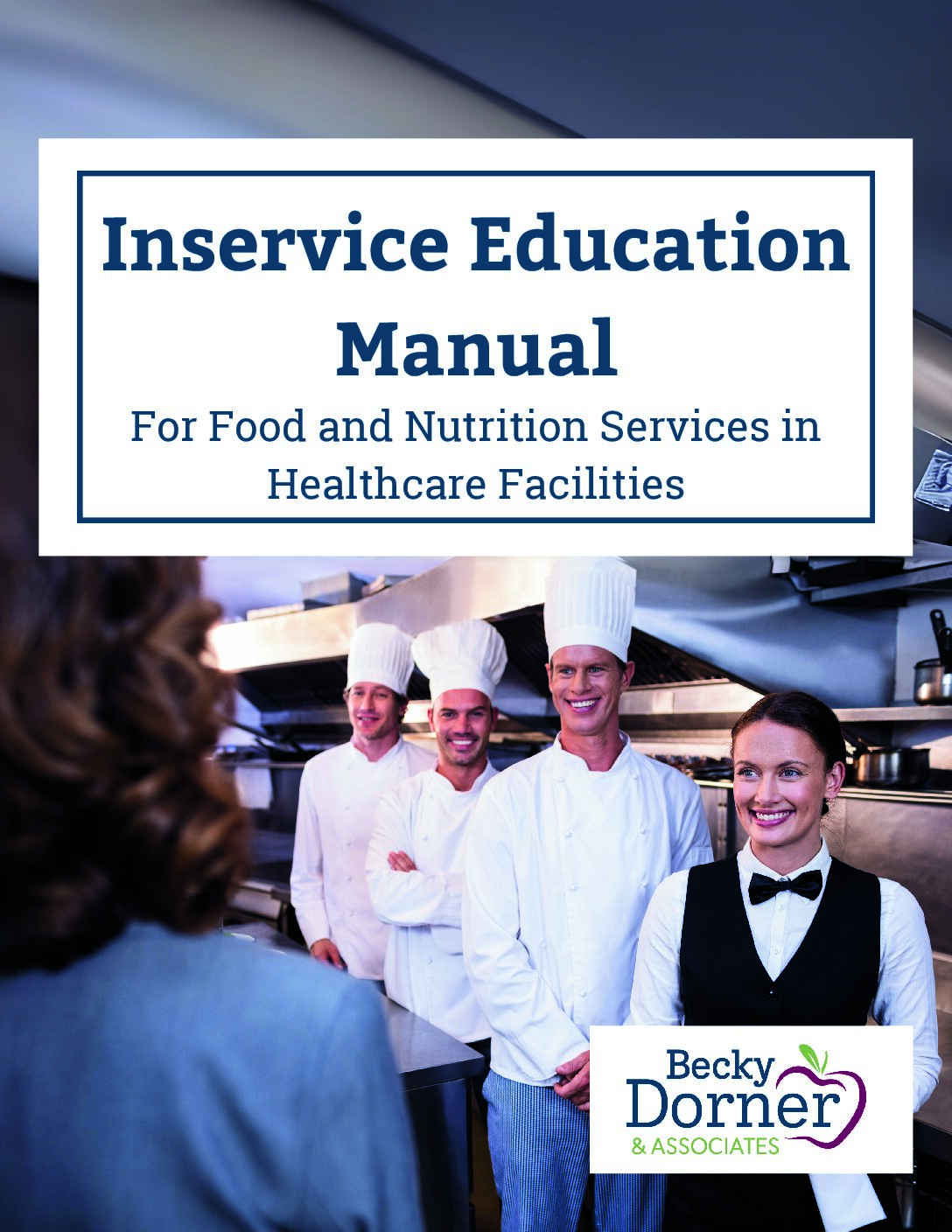
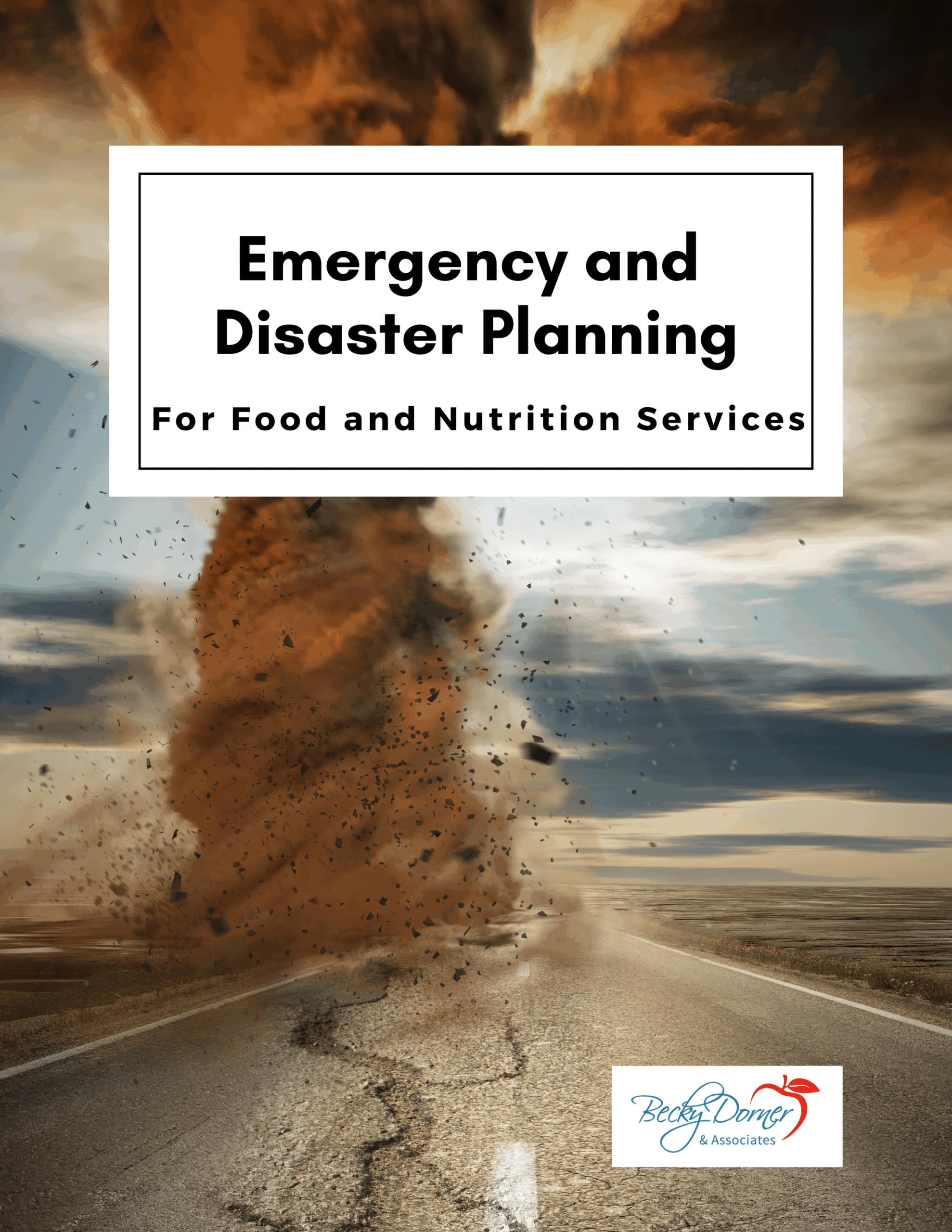
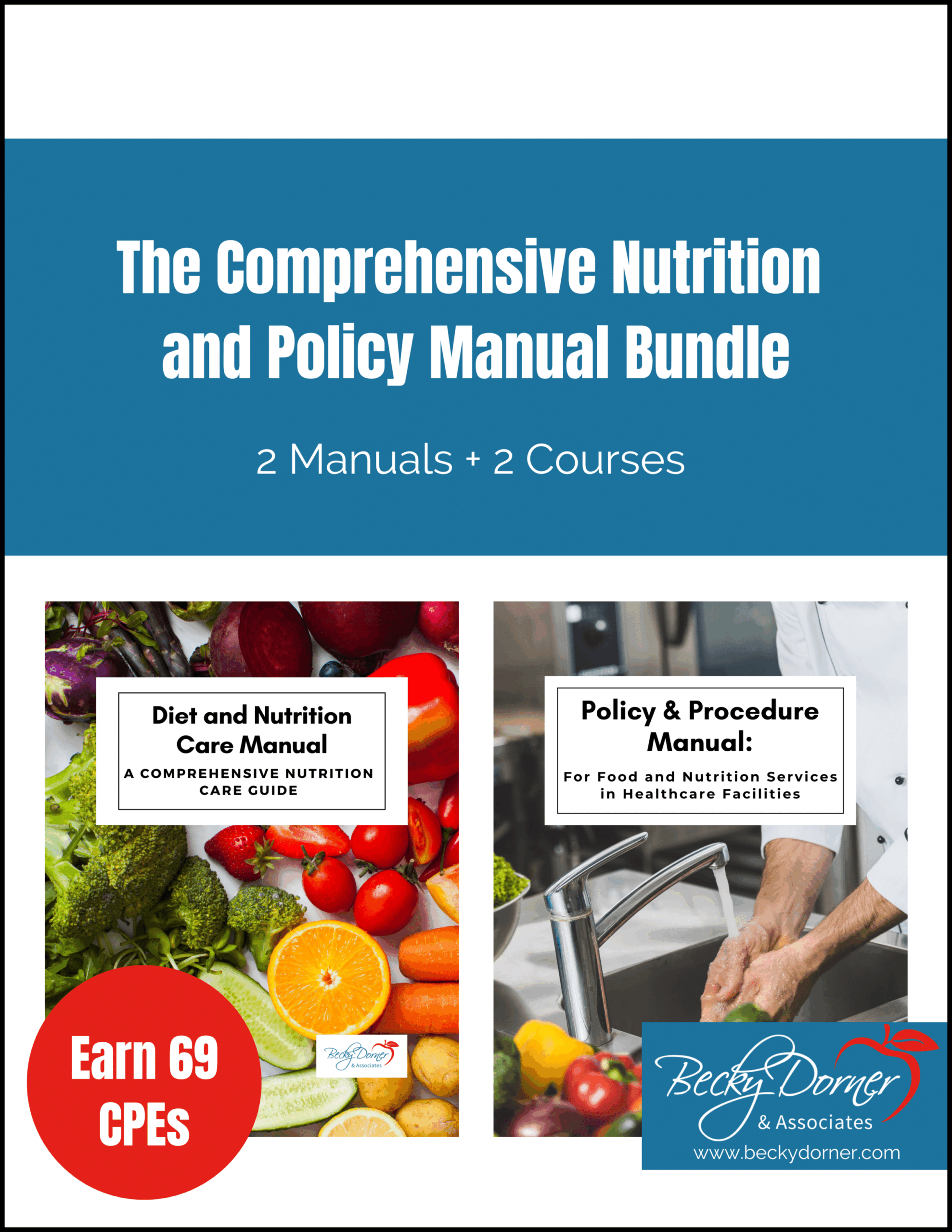
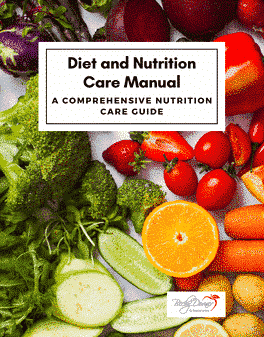
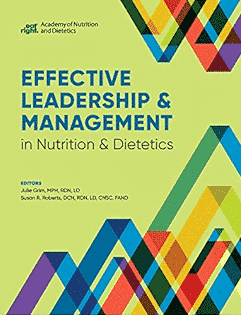
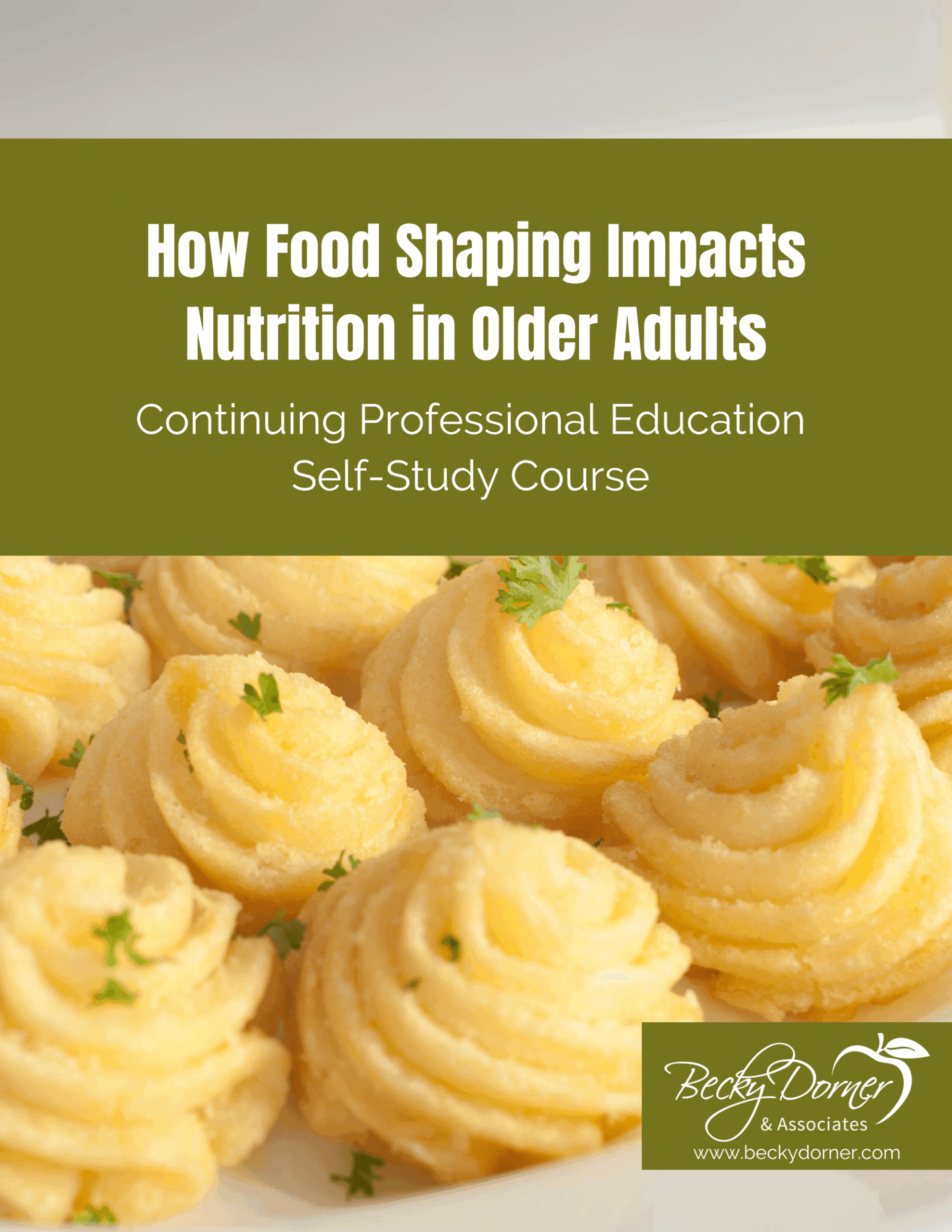

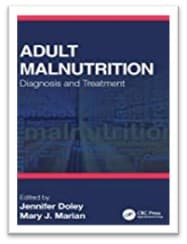
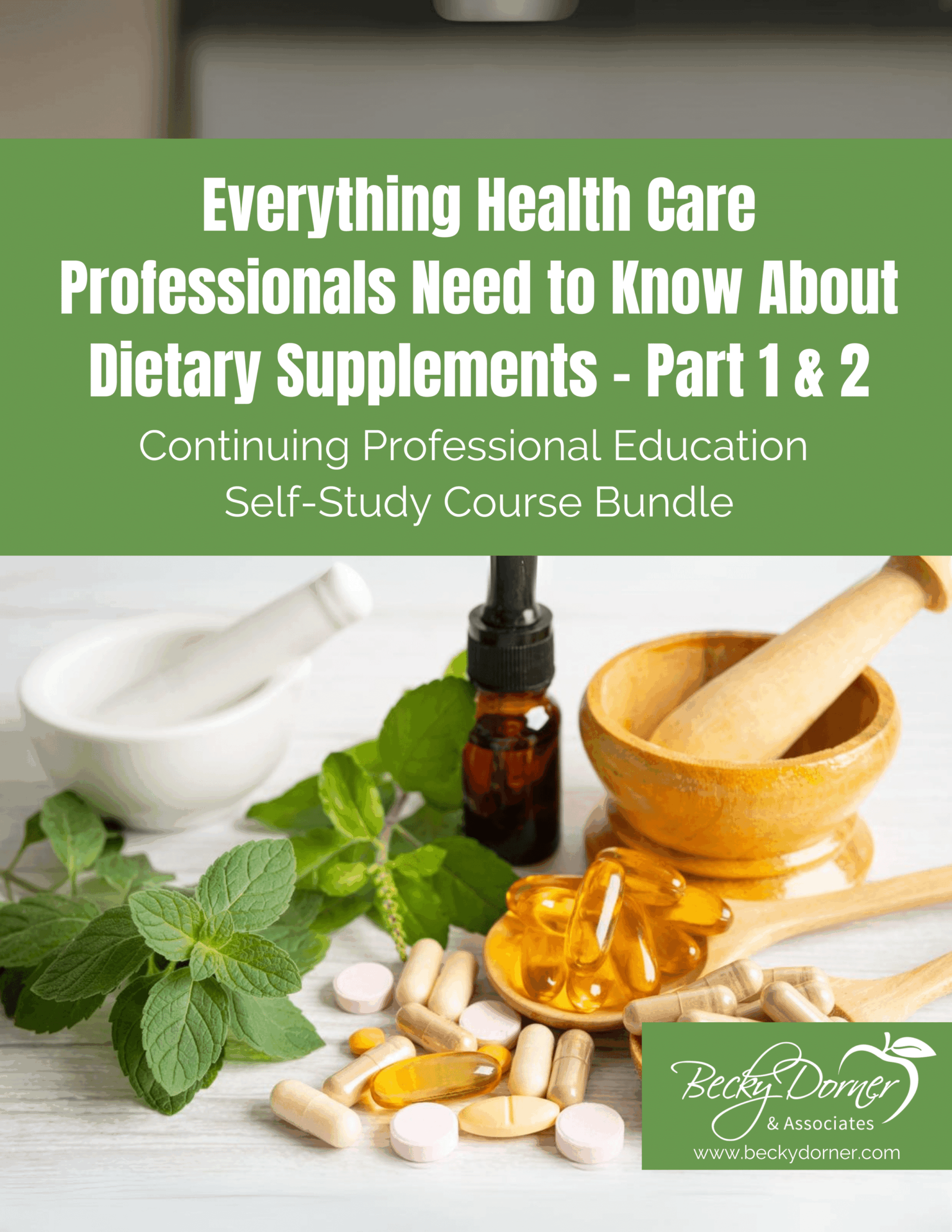
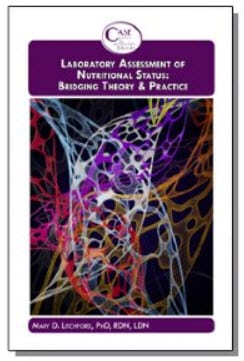
Connect With Us